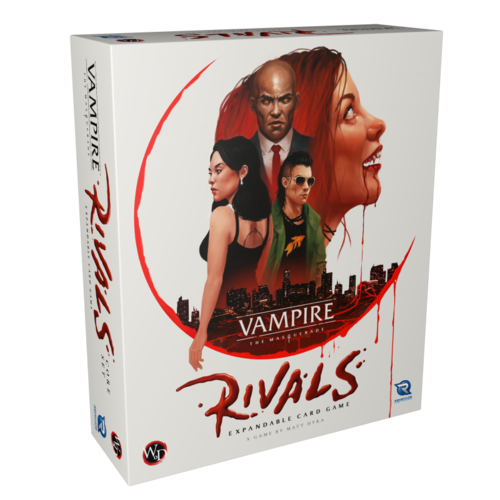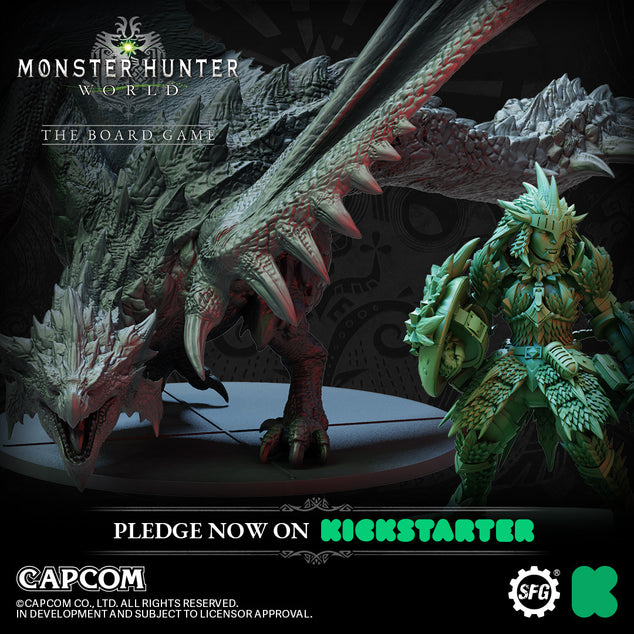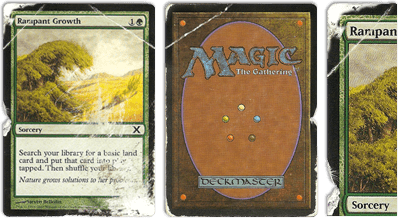Tiny Epic Pirates
Buy now!
There's a lot of scallywags out there looking for adventure! So assembling your cr...
Vampire Rivals!!
Order now!!
When the sun sets, the undead awaken. To slake their Hunger, they feed upon the herd ...
Calico
Calico is a puzzly tile-laying game of quilts and cats.
In Calico, players compete to sew the coz...
Santa Monica
Golden Geek Nominee!
https://boardgamegeek.com/thread/2646076/15th-annual-golden-geek-awards-nomi...
Monster Hunter World Board Game by Steamforged
Coming Fall 2022!!
Let us know if you are interested!!
Inspired by the hit video game that sold o...






 '
' '
' '
' '
' '
'